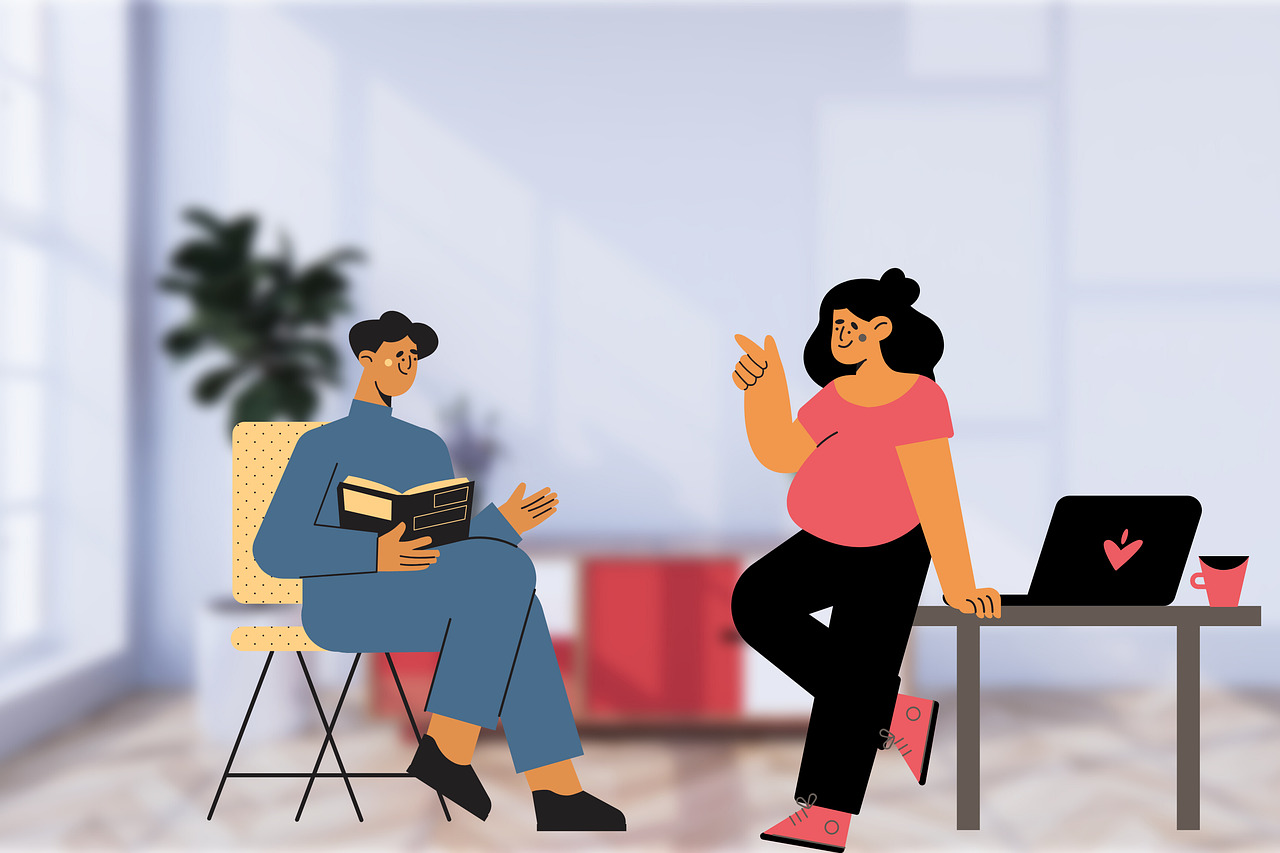意思の疎通がうまくいかないとき(そしてそれを防ぐ方法)【 How miscommunication happens (and how to avoid it) 】

【TED Talks: The best way to apologize (according to science)】
「TED Talks」を視聴し、動画のテーマについて意見を述べる練習をしてみましょう。
今回のテーマは「意思の疎通がうまくいかないとき(そしてそれを防ぐ方法)」です。
 「TED Talks(テッド・トーク)」とは、世界中の専門家や著名人が「広める価値のあるアイデア(Ideas worth spreading)」をテーマに行う短いプレゼンテーションです。
「TED Talks(テッド・トーク)」とは、世界中の専門家や著名人が「広める価値のあるアイデア(Ideas worth spreading)」をテーマに行う短いプレゼンテーションです。
「Technology, Entertainment, Design」の略であるTEDという非営利団体が提供しています。
科学、教育、ビジネス、アート、ライフスタイルなど幅広いジャンルがあり、英語を学びながら考え方や価値観を広げる良い機会となるコンテンツです。
動画は主に5〜20分と短く、日本語字幕や英語スクリプトが用意されているため、英語初級者にも取り組みやすくなっています。
Step1: 動画の全体リスニング
▶まずは動画全体の要点を理解するリスニング訓練です。
次の正誤問題の答えを探しながら視聴し、「True(正しい)/ False(誤り)」 のどちらかを選びましょう。
Q1) The speaker advises that avoiding personal perspectives is the best way to prevent misunderstandings during communication.(メッセージのやり取りを行う場合はなるべく主観を入れないほうが誤解を防げる、と話者は助言している。)
Q2) The speaker says that words are the most important part of communication.(コミュニケーションで一番重要なのは言葉である、と話者は述べている。)
Q3) Asking, “This is how I see the problem, but how do you see it?” is not always an effective way to communicate.(「この問題を私はこう考えるけあなたはどう?」と相手に問いかけるのが必ずしも効果的とは限らない。)
※歯車アイコン(⚙)→「字幕」→「英語」や「日本語」を選択可能です。
Have you ever talked with a friend about a problem, only to realize that he just doesn’t seem to grasp why the issue is so important to you? Have you ever presented an idea to a group, and it’s met with utter confusion? What’s going on here? Katherine Hampsten describes why miscommunication occurs so frequently, and how we can minimize frustration while expressing ourselves better.
grasp /ɡræsp/(動)理解する、把握する
acknowledge /əkˈnɒl.ɪdʒ/(動)認める、受け入れる
transaction /trænˈzæk.ʃən/(名)やり取り、相互作用
subjective /səbˈdʒek.tɪv/(形)主観的な
perception /pəˈsep.ʃən/(名)知覚、認識、解釈のしかた
verbal /ˈvɜː.bəl/(形)言葉による、口頭の
Step2 : 正誤問題の解答
▶次に、正誤問題の解答を見て答え合わせし、動画内での該当箇所を確認しましょう。
Step3 : 動画の大意要約
▶この動画の大意要約を読み、重要語句や話の流れを確実に理解しましょう。
Miscommunication happens even when people speak the same language in the same room.
同じ部屋で同じ言語を話していても、誤解はよく起こります。
The speaker explains two models of communication: the simple “transmission” model and the more complex “transactional” model.
話者は「伝達モデル」と、より複雑な「相互作用モデル」の2つのコミュニケーションモデルを紹介しています。
In real life, people send and receive messages through their own personal filters like culture or experience.
現実の会話では、人は文化や経験など、自分の「フィルター」を通してメッセージをやり取りしています。
Because of these filters, words can be misunderstood or interpreted differently by each person.
このフィルターのせいで、言葉の意味が人によって違って伝わってしまうことがあります。
To communicate better, we should listen actively, be open to others’ views, and recognize our own perspective is not the only truth.
より良いコミュニケーションのためには、積極的に聴き、相手の考えに耳を傾け、自分の見方が唯一の正解ではないと認めることが大切です。
Step4 : ディスカッション用の質問と解答例
▶仕上げに、このテーマに関する意見発表を練習をしましょう。次の設問の中から幾つか選び、20〜30秒程度で答えてください。
Q1) Have you ever had a conversation where the other person completely misunderstood you?(今までに、相手に全く話が通じなかった経験はありますか?)
Q2) Have you ever said something that sounded fine to you but offended someone?(自分では問題ないと思って言ったのに、相手を傷つけてしまったことはありますか?)
Q3) In your opinion, is nonverbal communication (like tone or facial expression) important?(あなたの考えでは、声のトーンや表情などの非言語コミュニケーションは重要だと思いますか?)
Q1) Have you ever had a conversation where the other person completely misunderstood you?
Yes, when I was explaining a task to a new colleague last year, he misunderstood the deadline and finished it one week late. I realized I should have double-checked his understanding.
Q2) Have you ever said something that sounded fine to you but offended someone?
Yes, a few months ago I told my sister, “You always seem so serious,” as a joke. But later I realized she was upset. I apologized and explained I didn’t mean to criticize her.
Q3) In your opinion, is nonverbal communication (like tone or facial expression) important?
Definitely yes. Even if the words are polite, if your tone sounds cold or your face looks angry, people might misunderstand you. It really affects how the message feels.
無料のディクテーションQuiz企画を実施中!

ディクテーションとは、「英文を見ずに音声を聞いて、正確に書き取る訓練方法」です。
毎月3回、英語ニュースのディクテーション答案を提出した方を対象に無料添削を実施し、不正解箇所から、リスニングや語彙・文法の弱点を特定します!
英語ニュースを聞き取れるようになりたい方、英語力を中級から上級へレベルアップしたい方、メルマガ特典の「ディクテーションQuiz企画」を試してみませんか。
▶ 無料登録はコチラから